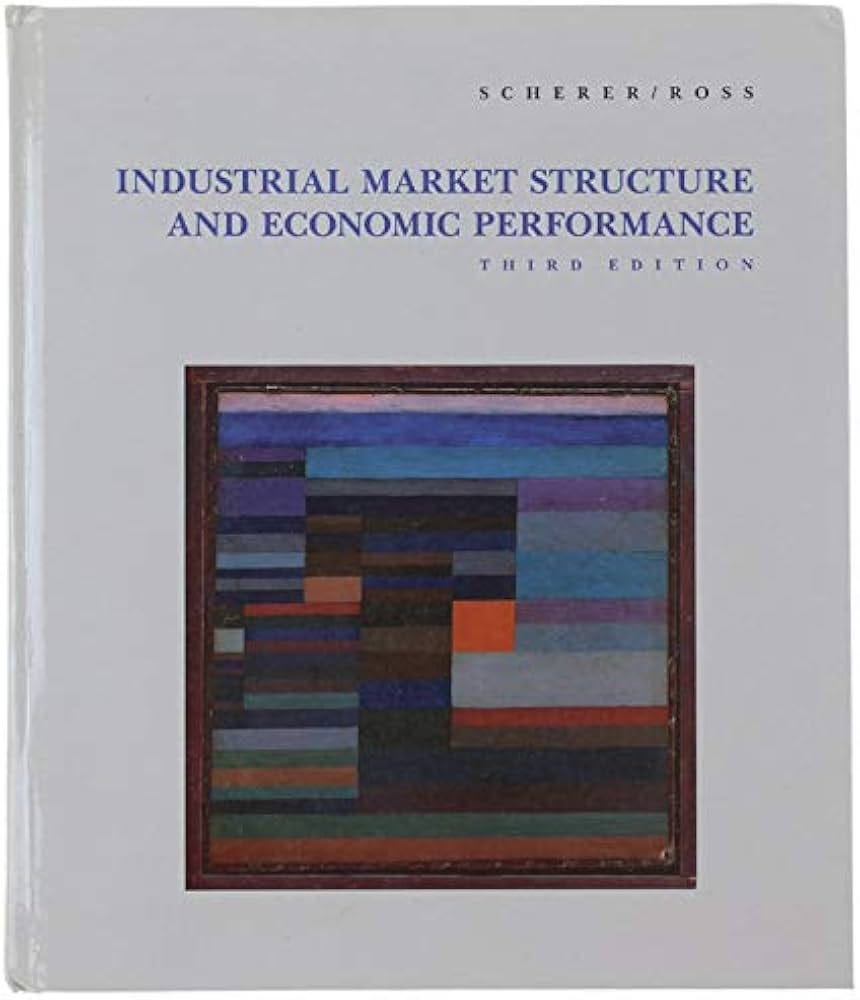The Monopoly Motive
Today’s the first day of GMU’s fall semester, and for some reason I’m thinking about a class I haven’t taught in years: Industrial Organization. I wrote the notes when I was much younger and more enamored of theory. Much of the class was a critique of the Structure-Conduct-Performance model so prevalent at Berkeley and Princeton. Slogan version of the model, to paraphrase Orwell: “Many firms good, few firms bad.”
While I hate to claim vindication by vaguely-defined events, the last two decades seem wildly incompatible with the S-C-P model. Many of our favorite new firms have no close competitors. What’s the next-best-thing to Amazon? Netflix? Facebook? Starbucks? Even weirder, a sizable chunk of these apparent monopolies give their product away gratis. Meanwhile, the spread of occupational licensing and rise of Uber have raised awareness of the elephant in the IO room: governments’ deliberate effort to make markets less competitive than they would naturally be. (And don’t get me started on immigration restrictions).
Still, it’s easy to see the intuitive appeal of S-C-P. Namely: If you are a monopoly, you’ll charge high prices, and hence produce low quantity.
The problem with S-C-P is that it ignores an even more intuitive truism. Namely: If you want to become and remain a monopoly, you will produce high quantity, and hence charge low prices.
In short, the desire to become and remain a monopoly leads firms to do the exact opposite of what they’d do if their monopoly status were a law of nature – or the law of the land.
The post appeared first on Econlib.




